Earlier this week at the annual Facebook developer summit, Mark Zuckerberg announced that activity on Facebook Messenger and WhatsApp had reached a combined 60 billion messages a day. At three times the global volume of SMS messages, many of us are touched by the technology, and WhatsApp (released in 2010 and owned by Facebook) has irrevocably changed the way many of us communicate.
India currently has 220 million smartphone users1 and is the world’s second largest smartphone market after the US. Given our population, there is still much room for growth; however the shift from former means of communication to WhatsApp in India’s craft industry has already taken place. Akin to a small unnoticeable shift in the course of a river — the changes from which, though often imperceptible, are significant to that which comes in contact.
Through its inherent sense of immediacy and accountability, extensive use of the data-based app is altering the way members of the craft community interact, do business, and build and sustain relationships. It is inclusive and attainable; with low data-usage it remains accessible by many members of the community. The app is instant, saves time, and encourages the spirit of experimentation through quick idea sharing.
Instantaneous
New York based textile specialist Hemangini Rathore manages dozens of karigars in Jaipur, Hyderabad, Orissa and Kashmir and speaks to its immediacy, “WhatsApp is a very easy tool for my artisans because they all have phones. It has changed everything … we literally work directly with artisans. I can type to them in Hindi and it really feels like I am sitting right there with them”.
Above: image | Textile Specialist Hemangini Rathore communicates with a weaver in Hyderabad.
Craft entrepreneur Jabbar Khatri of Sidr Craft, a well-known Bandhani (tie-dye) karigar based in Bhuj, Gujarat, notes the instant connectivity for a large group on WhatsApp called ‘Craft Channel’. The group’s two hundred members include artisans; from block printers, bell embellishment makers, to tie-dye craftsmen and local designers (small-boutique owners, local tailors) from the Kutch area of Gujarat. The artisans in the group share images of their finished products and the designers (usually the buyers) either take their numbers directly to take the conversation forward on a separate chat, or share their requirements and place bulk orders. The group is also free to share information about trade exhibitions or craft fairs and often those who cannot attend the fair receive real time photos of it from group members who are visiting the fair/exhibition.
Above: image | 200 karigars – members of this WhatsApp group – gain access to new buyers, information and share trade images/news.
Shorter Lead Times
While phone calls were instant, they lacked multi-media sharing; emails required a certain comfort zone of writing, waiting for replies, not knowing if/when the email was read; and courier packages could take up to a week to reach the recipient and were often expensive propositions for overseas shipments. WhatsApp is instant and accommodates all kinds of data sharing—photos, videos, voice notes, documents—and is accountable (as a result of its read receipts and archiving). Phone calls, emails or physical transfer of packages to share samples of work are now largely of the past.
Delhi based Designer Rahul Mishra cites an example, “During the run-up to Paris Fashion Week last year, my design team explained to our weavers, over phone calls, the colour combinations and the weaves they wanted to try. The weavers (located in different cities and villages) prepared swatches and shared images of those for approval via WhatsApp”.
Use of the app helps Mishra bring down the lead time; from ideation to finished product. “WhatsApp,” he says, “has become the primary mode of communication between my design team and the production team, both in-house and externally.” Time saved translates into costs and wastage not incurred; additional gains that are a further rationale for use of the app.
Rathore agrees that while it is a good tool, lead times from EST to IST aren’t eliminated entirely, “For instance, I never give a WhatsApp (design) approval at night. I have to see it when I have natural light around my phone.”
Above: image | Designer Rahul Mishra in conversation with karigars
Experimentation & Quick Idea Sharing
Varanasi based Loom to Luxury develops high-end handloom textiles. Its founder, Jitendra Kumar, works with design studios across the globe, all of whose design sensibilities and aesthetics vary and often require further experimentation. “Once, we shared a design (via a WhatsApp image) with an Italy-based accessories designer,” he recalls, “and she realised that the motif was too busy and the fabric too light for making a bag, so we changed the design and the yarn immediately”. WhatsApp facilitated experimentation in this case, and resulted in a better quality product while simultaneously saving costs and material wastage.
_______________

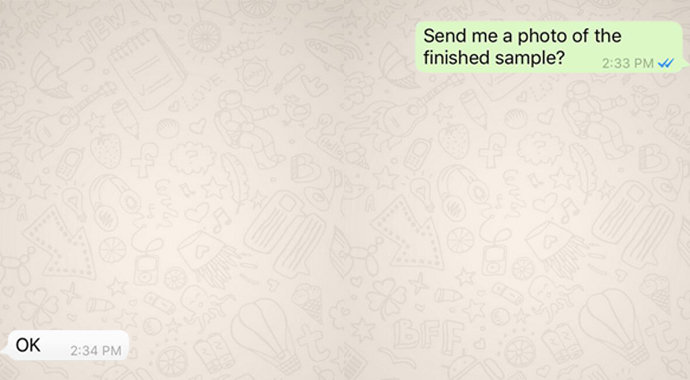

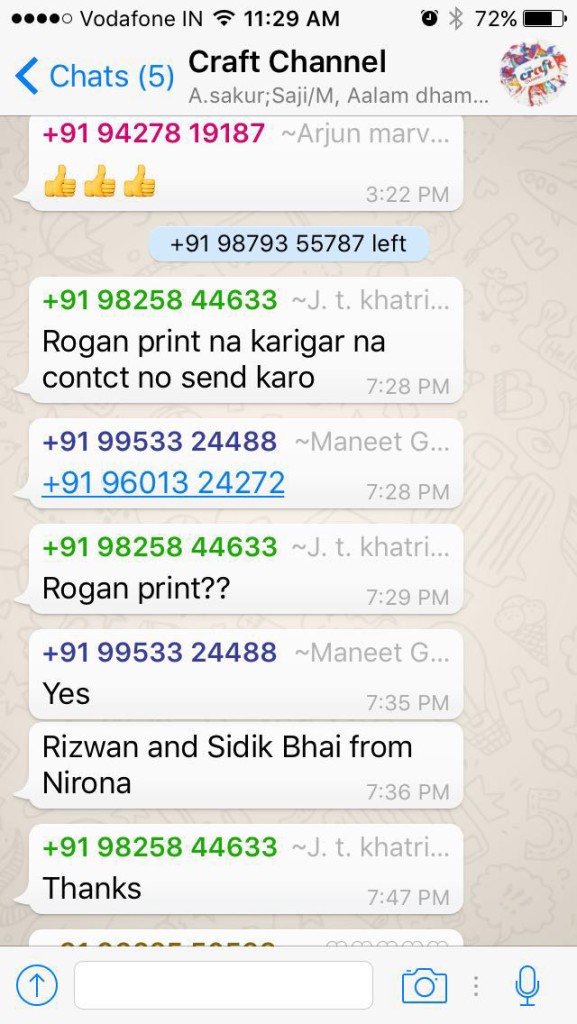
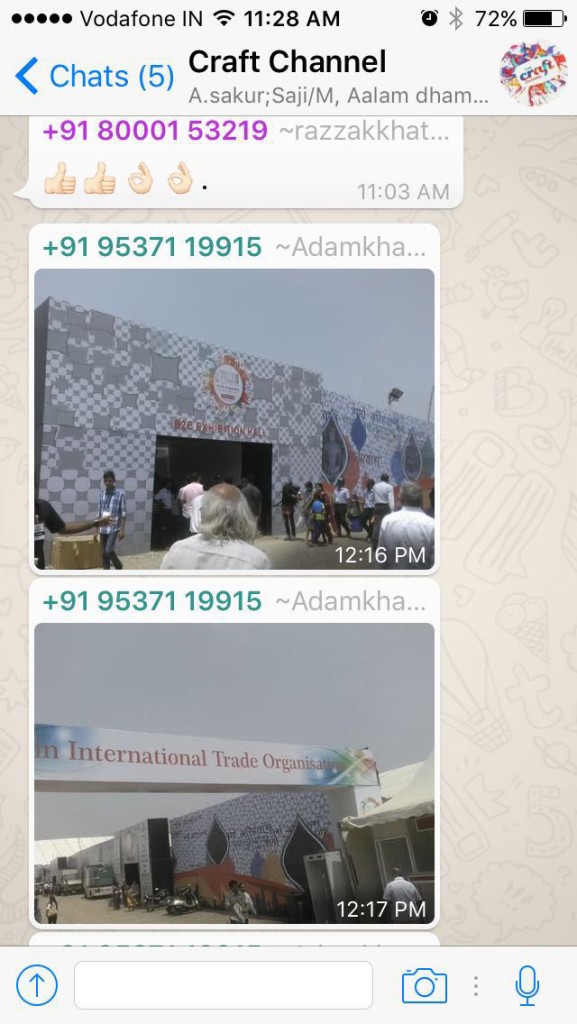


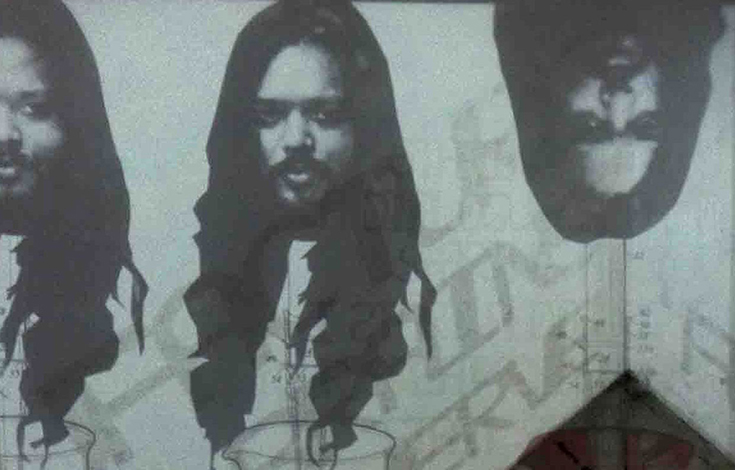
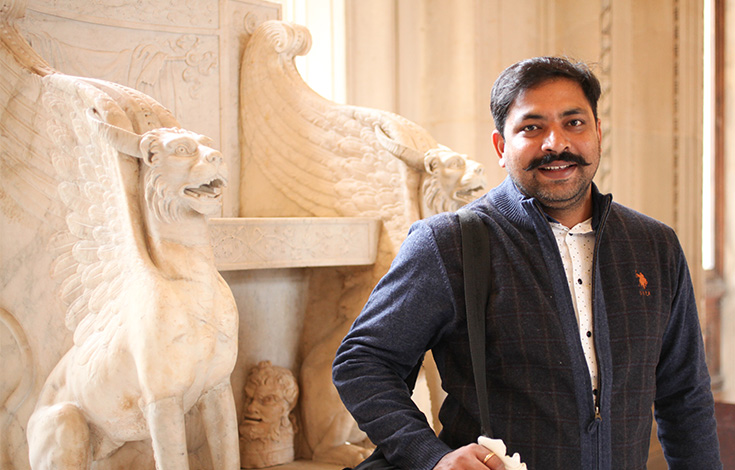
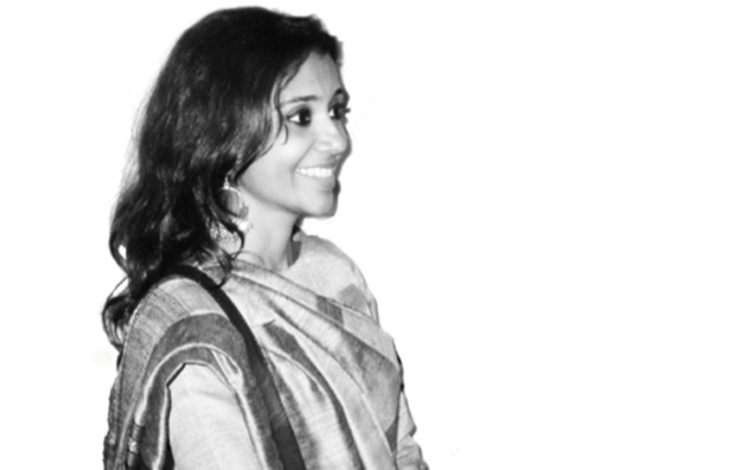
Very interesting perspective. while the world, especially corporate world, berates the lack of privacy that watsapp has brought in, it’s also very true that it’s made lives simpler. on one hand, we have constant to-and-fro of messages and tasks even in the middle of the night, on the other, so many artisans are benefitting from this dynamic medium.